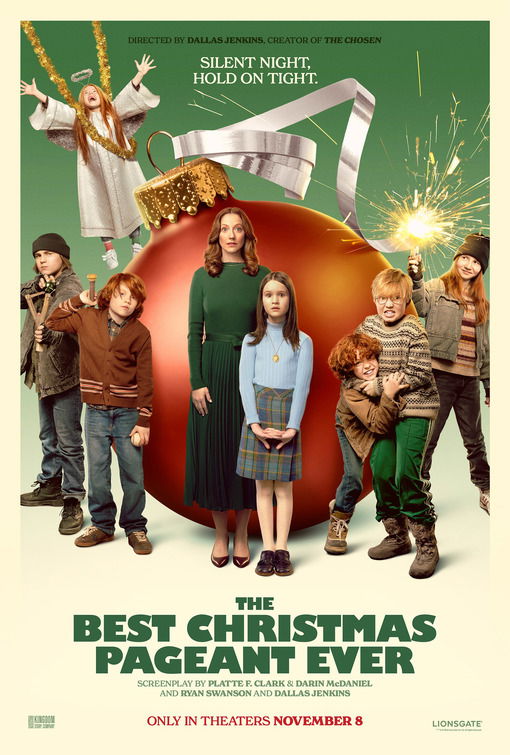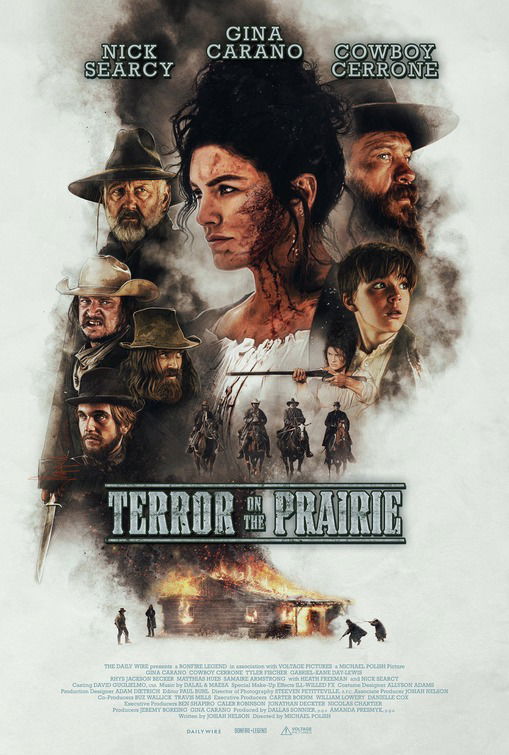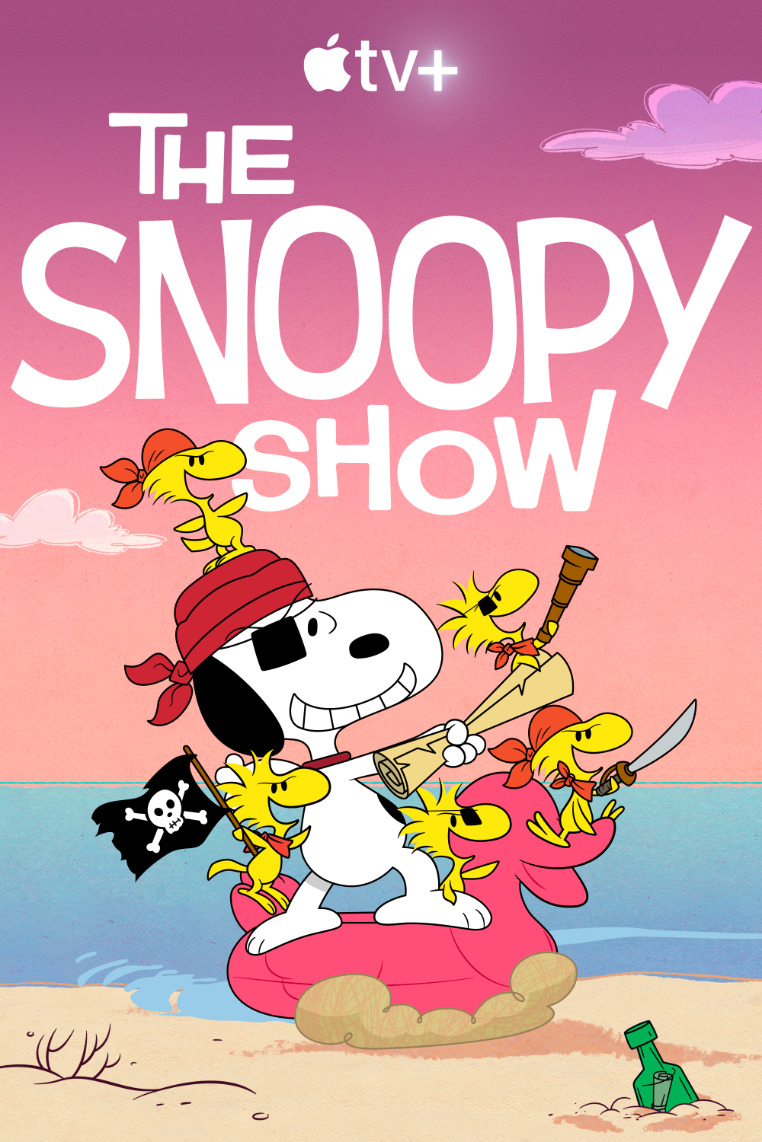"Violent, Gritty and Morally Conflicting"

| None | Light | Moderate | Heavy | |
|---|---|---|---|---|
| Language | ||||
| Violence | ||||
| Sex | ||||
| Nudity |
What You Need To Know:
TERROR ON THE PRAIRIE is a provocative and well-shot, yet serviceable, western thriller. It showcases strong family values and the brutality of frontier gunfire. The McAllister family believes in God, and the movie contains many positive references to God, plus references to the New Testament. However, the pacing is too slow, and most of the acting leaves something to be desired. TERROR ON THE PRAIRIE also has some very strong bloody violence, plus some obscenities. There’s also a scene involving a depicted attempted rape. So, MOVIEGUIDE® advises extreme caution.
Content:
More Detail:
TERROR ON THE PRAIRIE is a western thriller on the Daily Wire website about a woman in Montana shortly after the Civil War who must defend her children from a group of Confederate outlaws seeking revenge on her husband, a Southern fighter who defected to the Union. TERROR ON THE PRAIRIE has great production values, with a strong Christian, moral worldview with American, conservative, pro-family values, but the pacing is sometimes too slow, the acting is inconsistent, and the movie has some bloody violence, about 20 obscenities and a scene of attempted rape.
The movie’s story follows Hattie McAllister and her family surviving on their lonely Montana ranch. Hattie’s husband, Jeb, is a stern yet caring father for their son and baby daughter.
After a harsh winter, Jeb heads into town to restock their dwindling supplies. Meanwhile, a band of cowboys visits the McAllister farm. The cowboys ask for a brief stay for their extended travel. Hattie initially admits their benign presence. However, she quickly discovers a man’s scalp lying on a cowboy’s unattended horse.
Hattie heads back into her home, grabs her shotgun and orders the cowboys to leave. The instigators reveal they are former Confederate soldiers and are seeking revenge on her husband. Hattie and her son expel the invaders, but the Confederate men surround the farm. The gang leader reveals his true motivation. Jeb McAllister took his daughter’s life during the Civil War and is seeking vengeance on the McAllister family.
The story then evolves into a series of intellectual and physical fights. Jeb reveals to his wife that he took a Confederate officer’s daughter by accident and is deeply haunted by this guilt. Hattie has terrible aim but stands tall to defend her family. Both factions inflict heavy emotional and physical damage. They also debate the idea of vengeance contrasted with God’s teaching in the Bible.
In terms of production values, TERROR ON THE PRAIRIE is well shot. The full use of Montana’s natural landscapes is a visual treat. The costume and set design feel authentic to the post-Civil War era. There are only four locations, but the filmmakers make creative use of their limited resources. The shootout scenes are intense, and the camera framing is excellent. The same cannot be said, however, with the writing.
Though the movie has a positive worldview, it has severe shortcomings. First, the dialogue is stilted and most of the acting is unmemorable. The best performance is by Gina Carano as Hattie. Carano sells the desperation and passion in protecting her impoverished family. Her expert acting is absent for almost every other character except Nick Searcy, who’s very good as the leader of the outlaws. Secondly, the movie is light on the “philosophical” side. The characters cite the Bible as motivation, but the debate rings hollow to this action-first film. The “who has the right to kill” question is barely explored. Lastly, the film has severe pacing issues. The simple premise is stretched out beyond reason, which results in too many boring scenes. The lack of music adds to the movie’s slow pacing.
The most commendable aspect of TERROR ON THE PRAIRIE is its social and cultural nature. The Daily Wire, the movie’s distributor, has promised viewers that its movies will avoid “woke/progressive” leanings. Thus, TERROR ON THE PRAIRE ditches progressive ideals for nuanced portrayals of masculinity, traditional marriage, and trusting the intelligence of the audience. Most of all, the film takes massive creative risks such as realistic violence and brutal subject matter. It has a “conservative” leaning, but it doesn’t “preach” to its audience. In that sense, the film is more concerned with “being good art” than “forcing a message.” However, it does have a very strong Christian, moral worldview with very strong Pro-American, capitalist values. For example, the western family defends its home from bandits who are out for revenge. They believe in God and the value of a strong family unit. TERROR ON THE PRAIRIE also has abundant references to God. In addition, the family and the Confederate bandits debate various passages in the New Testament in some thought-provoking, though slowly paced, scenes.
Finally, TERROR ON THE PRAIRIE has some very strong bloody violence and some obscenities. There’s also a scene involving a depicted attempted rape. So, MOVIEGUIDE® advises extreme caution.



 - Content:
- Content: 



